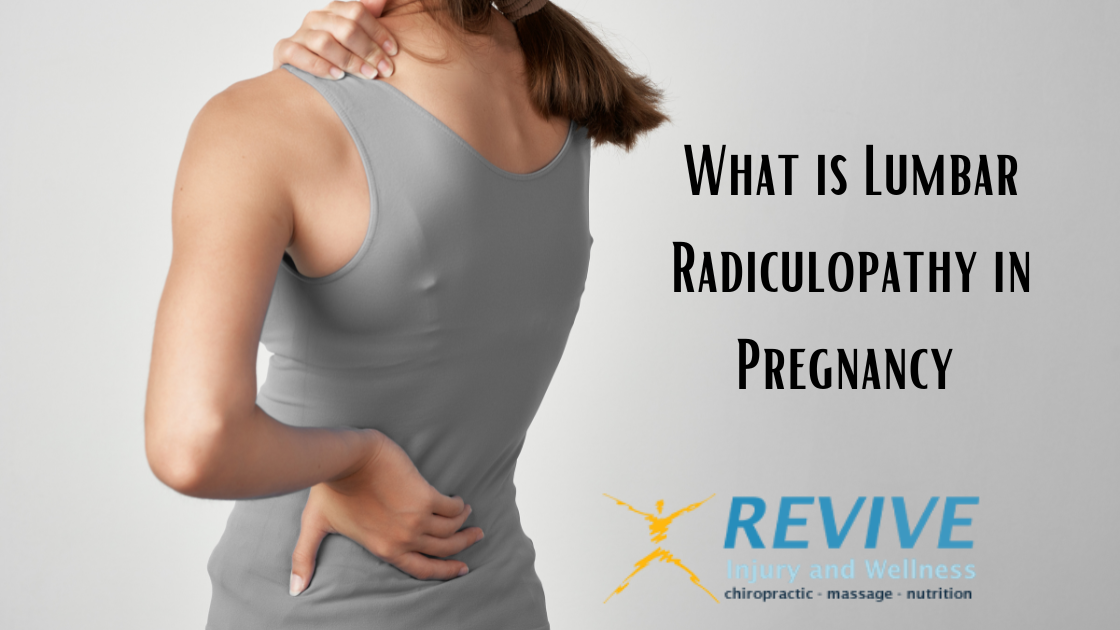
Lumbar radiculopathy occurs when there is pressure on the nerve root of a spinal nerve. And this results from irritations or injuries to the body. In the human body, the root is close to where the nerve leaves the spine and connects to the neurons in the spinal cord.
Radiculopathy can occur when the central disc between two vertebrae slips out. The narrowing of spinal nerve exits can also cause radiculopathy, this can be due to arthritis or scar tissue, and even diabetes. There are three types of radiculopathy which are thoracic, cervical and lumbar.
In this article, we discuss what lumbar radiculopathy in pregnancy is, how to diagnose it, and possible treatments.
What is Lumbar Radiculopathy in Pregnancy
Radiculopathy is pain occurring in the lower back and legs, and pressure on the spinal nerve root is the cause of the pain.
Lumbar Radiculopathy is one of the more common types of radiculopathy, and pregnancy can increase the chances of getting it. The increase in chances is due to the pressure the baby exerts on the lower back. However, Lumbar Radiculopathy in pregnancy is not common, occurring in 1 in 10000 pregnant women.
A sign of lumbar radiculopathy is sciatica which is pain shooting down from your back to your buttocks and legs. You may also experience tingling, numbness, and lower backaches. Sciatica can also affect your ability to stand and walk and sometimes cause incontinence.
Diagnosis for Lumbar Radiculopathy in Pregnancy
Your doctor can diagnose lumbar radiculopathy using an MRI machine as this does not affect the foetus. Further tests include electromyography and nerve conduction velocity studies.
Treatment for Lumbar Radiculopathy in Pregnancy
One popular and accessible treatment for lumbar radiculopathy is ice treatment. Ice treatments help numb pain and reduce inflammation by lowering pain signals and blood flow.
Heat treatments are an option for more serious pain. The heat helps by dilating blood vessels, reducing muscle soreness, and bettering blood flow.
Exercise and stretches during pregnancy can also help reduce symptoms. You can start with short walks and pregnancy-safe stretches, but check with your doctor first before starting any exercise.
Pregnant patients typically avoid NSAIDs during the third trimester of pregnancy to avoid causing problems for the baby. However, if the muscle spasms are unbearable, doctors can prescribe cyclobenzaprine as they are usually safe.
Opioids are another option as well as injections in the epidural space. These options carry a risk for the foetus. So note that doctors must administer all medication and injections.
In the event the medications and injections are not enough, a doctor can perform surgery on the patient. The surgery could either be removing the prolapsed part of the disc, fusing two vertebrae or implanting an artificial disc.
In conclusion, lumbar radiculopathy in pregnancy is not common, and it is manageable under the right treatment plan. Pregnancy is not the usual cause but rather exacerbates existing issues. Once you notice symptoms, a quick and responsive plan, can manage and prevent further occurrence.
More on Our Services
Ergonomics, Posture and Chiropractic Health
5 Questions to Ask Your Chiropractor About Neck Pain
How to Choose the Right Chiropractor
5 Things to Consider When Dealing with Neck Injuries
Is a Chiropractor Visit Scary?
How Soon After a Car Accident Should You Visit a Chiropractor?


